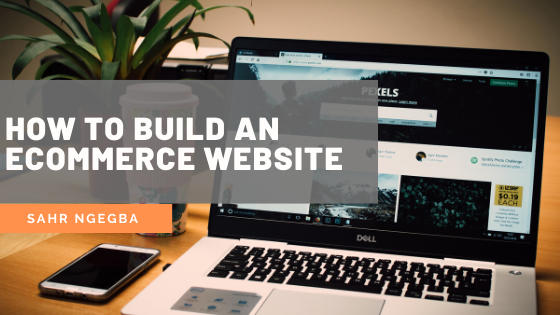For most people, businesses are difficult to start and time-consuming. There’s a lot that goes into building a business: determining an idea for your business, finding the proper funding, creating a business plan, and so on. One vital part of creating a business is building an ecommerce website where you can sell your products and services; luckily, this doesn’t have to be difficult.
As the Internet became more and more important to how a business runs and operates, the way entrepreneurs create their websites became easier and easier. Today, ecommerce platforms are both affordable and user-friendly, letting entrepreneurs create their own website by following a few simple, spelled-out steps. Most sites offer secure payment methods, shipping, marketing, and other essentials to ensure that you won’t need coding experience in order to have a successful website.
Though each ecommerce platform has its own quirks and unique qualities that make them stand out from its competitors, there are a few building blocks to these websites that remain universal. For example, every new site owner will need to choose a name and domain for their website—this is the web address consumers will follow to access your business’s site and products or services.
When choosing your domain and business names, one key thing to remember is to keep search engine optimization, or SEO, in mind. SEO takes keywords and words connected to your business and makes your site more discoverable through search engine results as a result. You’ll have to pay for your domain name depending on the service and add-ons you have, but it’ll typically only cost between $12 and $25 per year.
Your site will exist on an ecommerce platform, so it’s crucial that you research the available platforms on the Internet and pick the one that best suits the needs of your business. There are free platforms available with limited features, but if costs are an issue, they work just as well as paid platforms. Once you’ve picked your platform, you’ll need to focus on planning and building your website through factors like logo and brand imagery, descriptions, product photos, your business’s story, and blog content.
You’ll also need to set up payment, tax, shipping, and marketing tools for your ecommerce website. Shipping can—and should—be integrated into ecommerce platform to streamline order fulfillment; you should also set up email marketing and social media accounts to connect to and hyperlink on your website.
Once your website is set up, you can test your website out to make sure everything is in working order. Clear out any bugs you come across and, once everything works how you want it to, launch your website for the world to find.

